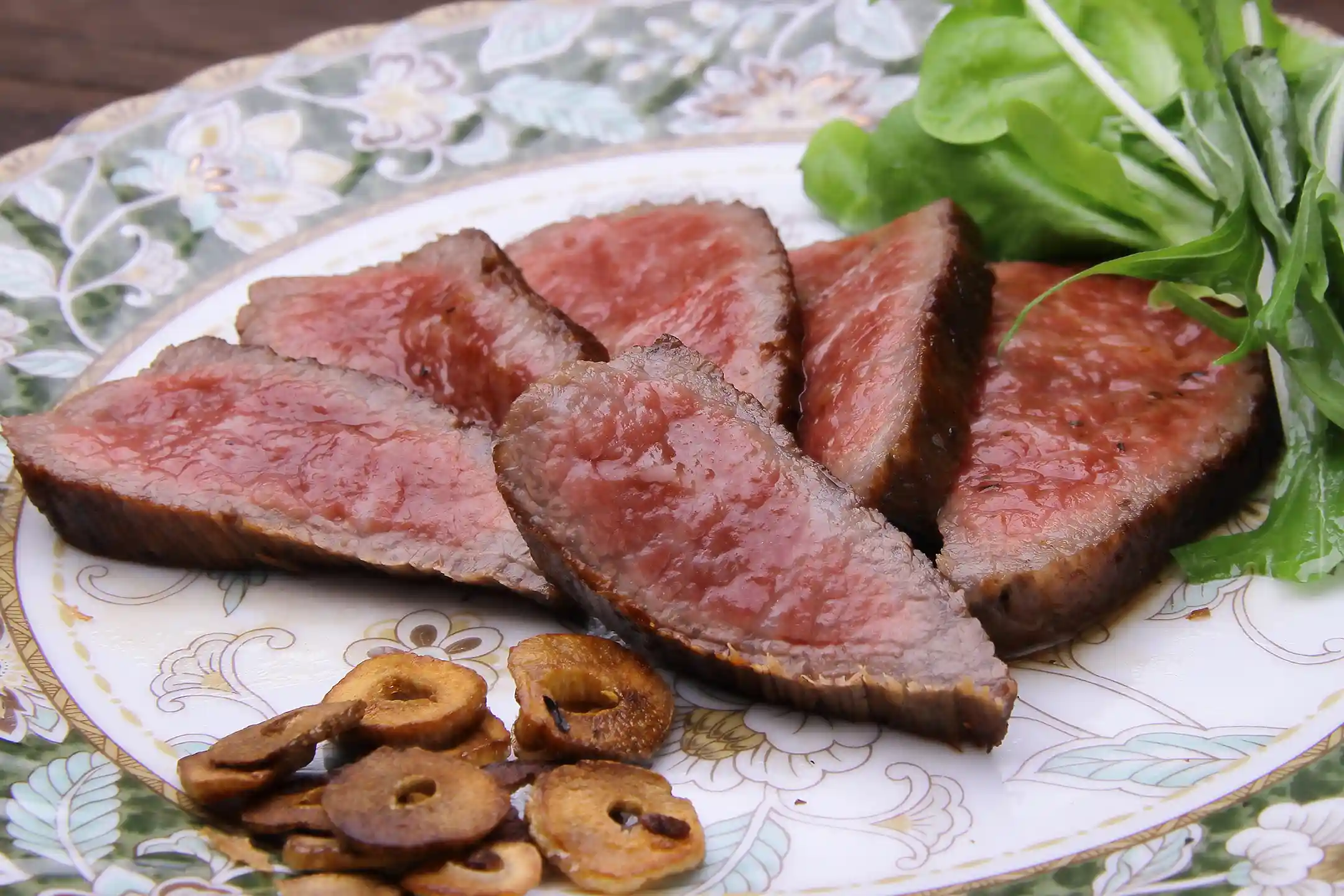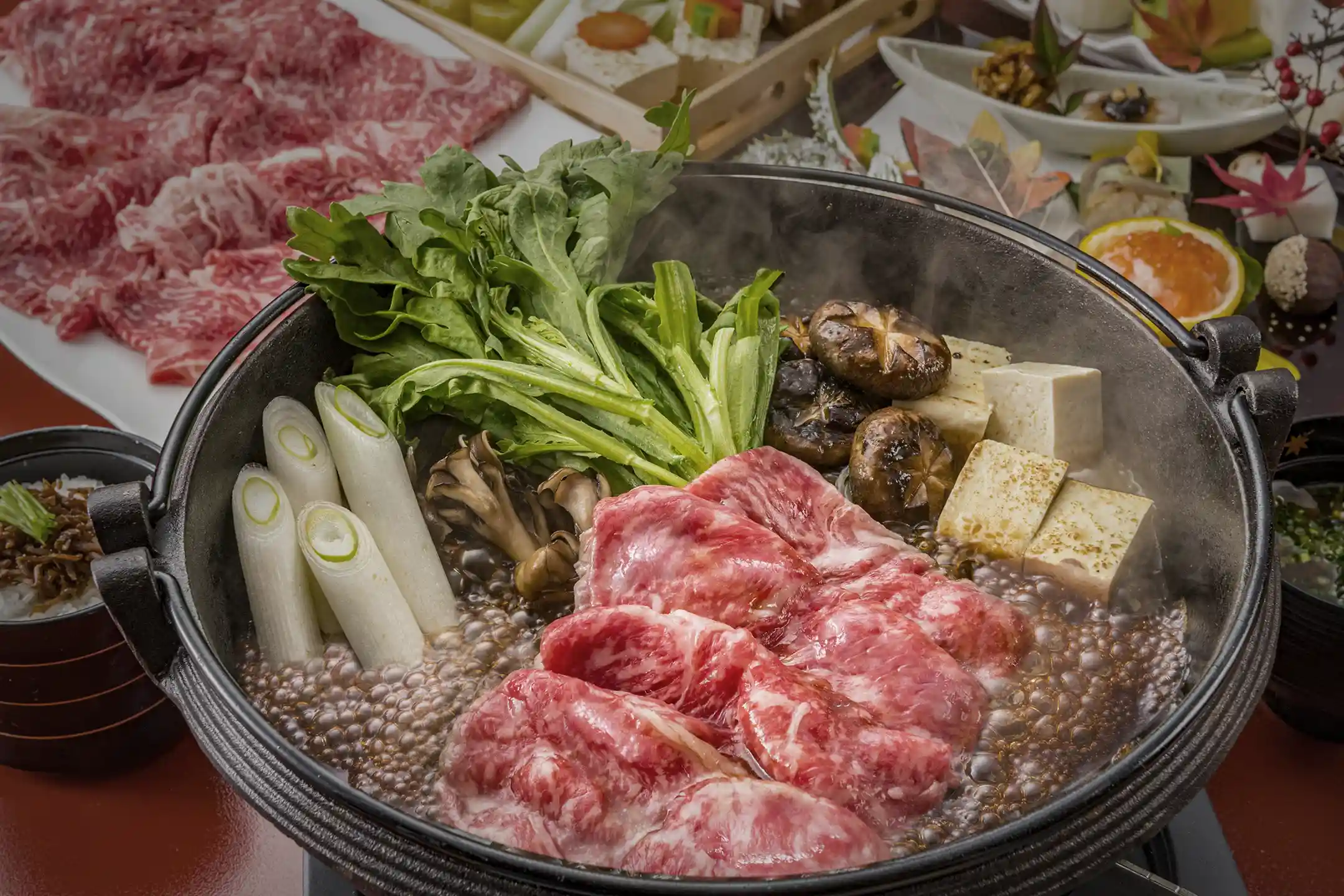When you travel through Japan, you’ll notice designations like “To,” “Do,” “Fu,” and “Ken” on signs and maps—labels that reflect a local government structure put in place after the Meiji era. This system of 47 prefectures has played a key role in shaping Japan’s diverse history and culture. At first glance, these units might remind you of “states” or “counties” in the West, but they stem from a uniquely Japanese approach that has fostered rich regional variety.
In this article, you’ll discover the basics and background of Japan’s prefectural system, how it influences each region’s character, and why learning about it can make your trip more meaningful. By understanding how Japan organizes itself—from local festivals and traditional crafts to distinctive museums—you’ll gain fresh insights into the country’s identity, allowing you to experience its cultural tapestry on a deeper level.
Basic Knowledge and History of Japan’s Prefectural System
As you journey across Japan’s 47 prefectures, you’ll quickly sense that each place has its own character, shaped by geography, tradition, and local governance. Following the Meiji era, Japan established this system to modernize the country, creating “Tokyo-to,” “Hokkaido,” “Osaka-fu,” “Kyoto-fu,” and 43 other “ken.”

On the surface, these may look like administrative units similar to those found in Western nations. But in Japan, the way culture and government intertwine is especially evident. You’ll often see public services and tourism strategies that reflect each area’s unique background. From a Western traveler’s standpoint, it’s fascinating to see how a single framework can preserve local flair while running a unified nation.
Number and Types of Prefectures, and Their Administrative Roles
Japan has 47 prefectures in total: Tokyo (to), Hokkaido (do), Osaka and Kyoto (fu), plus 43 “ken.” Each name points to a distinct historical or functional heritage. Beneath these prefectures are municipalities—cities, wards, towns, and villages—all working to provide services like tourist information and cultural preservation.
Knowing which prefecture a particular destination is in can simplify your planning, whether you’re sorting out transportation, exploring regional festivals, or tracking down local specialties. While it might look a bit like the U.S. system of states, Japan’s prefectures mirror centuries-old customs and histories that shape daily life right up to the present.
Historical Background and the System’s Evolution
Japan’s prefectural layout traces its lineage back to the ancient “kuni” provinces, unified during the Nara and Heian periods. In the Edo era, the “han” domains gave different regions their own sense of identity. When the Meiji Restoration arrived, these domains transitioned into prefectures, forming the backbone of a modern nation-state.
Importantly, this shift preserved local traditions while also forging national unity—a balance that’s notable when compared to Western models of centralization. In Japan, the prefectural system has helped maintain cultural diversity, allowing each region’s heritage to thrive while still operating under a shared administrative umbrella.
.webp?width=750&height=500&name=Nagasaki%20Lantern%20Festival%20(Nagasaki%20City).webp)
Traveling Through Japan’s Culture and Arts: The Allure of Diversity Shaped by Prefectures
A Journey Through Traditional Crafts and Regional Culture
Many of Japan’s most celebrated cultural traits, from artisanal crafts to lively festivals, are deeply rooted in each prefecture’s background. For instance, Kanazawa in Ishikawa Prefecture is renowned for gold leaf craftsmanship, while Kyoto showcases exquisite Yuzen dyeing that dates back to the 17th century. In Aomori (part of the Tohoku region), summer nights blaze to life during the Nebuta Festival, where illuminated floats bring mythic stories into the streets.
Architecture also reveals local creativity: in Shirakawa-go and Gokayama (straddling Gifu and Toyama Prefectures), steeply peaked gassho-style homes are designed to withstand heavy snowfall. Meanwhile, in Okinawa’s subtropical climate, the iconic red-tile roofs speak to centuries of passed-down wisdom on staying cool and comfortable.

A Tour of Museums and Art Spots
If you’re drawn to art, you’ll find that museums across Japan offer windows into each region’s soul. Naoshima in Kagawa Prefecture hosts the Chichu Art Museum, which cleverly uses natural light to highlight works by Claude Monet. Over in Aomori, the Aomori Museum of Art showcases local artist Yoshitomo Nara’s famed “Aomori Dog” sculpture.
Kanazawa’s 21st Century Museum of Contemporary Art presents a dialogue between centuries-old crafts and the global art scene. These examples reveal how local heritage and international influences can blend, reflecting a spirit of both tradition and innovation.

Deepening Understanding of Prefectures Through Community and Cultural Experiences
Local Culture Classes and Hands-On Programs
One of the best ways to connect with a region is through interactive classes. You might attend a tea ceremony that feels distinct in Kyoto, focusing on refined etiquette, whereas in Kyushu or Tohoku, you’ll encounter local interpretations influenced by each area’s ingredients and climate. If you explore sake brewing, you’ll discover that variations in water, rice, and weather can lead to very different flavors—from crisp, dry sakes to soft, mellow ones—all reflecting the nuance of each prefecture.

Events With Experts for Deeper Knowledge
For a more in-depth perspective, consider workshops led by scholars and artisans. You’ll get a closer look at how local policies, collective effort, and sheer passion sustain traditions—whether it’s a centuries-old craft technique or an annual festival. Such encounters bring you closer to the heart of a community, helping you sidestep surface-level impressions and fostering true respect for each region’s identity.
Enjoying Luxury & Sustainability in Each Prefecture
Luxury Accommodations and Cuisine Rich in Local Flavor
If you appreciate upscale comforts that also honor local heritage, you’ll find plenty of options throughout Japan. Properties like Aman Tokyo or Hoshinoya Kyoto blend contemporary design with regional touches—often featuring cuisine made with local produce and sustainable culinary methods. Staying in these places can give you a direct taste of how each prefecture supports community-oriented tourism while maintaining a high standard of service.

Environmentally Friendly Transport and Eco-Accommodations
As electric vehicles grow in popularity, Japan’s charging infrastructure (including Tesla-compatible stations) has expanded, making green travel more convenient across the country. You’ll even find eco-focused hotels or glamping sites that utilize local timber, renewable energy, and thoughtful waste reduction measures. These choices allow you to explore Japan’s varied landscapes while having a minimal environmental footprint.
Recommended Resources for Further Study of Japan’s Prefectural System
If you’re looking to dive even deeper, the Ministry of Internal Affairs and Communications provides resources that outline local governance. The National Diet Library contains more detailed research on autonomy and reforms, while the Japan Tourism Agency offers user-friendly overviews that tie the prefectural system to cultural sites and travel tips.
In Closing
.webp?width=750&height=500&name=Ginzan%20Onsen%20(Obanazawa%20City%20%20Yamagata%20Prefecture).webp)
Japan’s prefectural system isn’t just administrative—it’s the engine behind an incredibly varied cultural landscape. From traditional arts and colorful festivals to upscale eco-friendly retreats, each prefecture plays its part in creating Japan’s vibrant tapestry.
By knowing the basics of what a prefecture is in Japan, you’ll see how local identity, governance, and heritage all come together. This background can elevate your travels—whether you’re tasting regional specialties, joining in a centuries-old festival, or chatting with artisans who pour their heart into keeping traditions alive. Embrace the prefectural system, and your journey will become a richer, more authentic exploration of Japan’s many layers.
Author Bio






/Kazunoko%20Matsumae-zuke%20(Herring%20Roe%20and%20Seafood%20Pickles).webp)